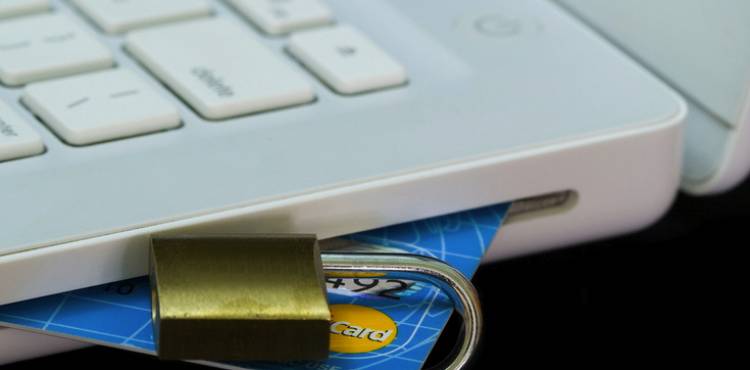Best checkout practices for creating a sense of customer security

During a recent discussion with one of our clients, the team here at NetSphere Strategies was posed with the following question: How can we make our customers feel more secure when making purchases on our site? When we answered that question by equating the checkout process to a party, our client was a tad surprised. But believe it or not, comparing an online shopping cart to a party isn’t as far-fetched as it might sound.
There are plenty of reasons that could cause a partygoer to leave your soiree just like there are several of reasons that could cause a potential customer to abandon their online shopping cart. Some of those reasons shouldn’t be taken personally, but there are others that are totally in your control.
Like a guest who has to leave to pick up his kids, some shoppers will fail to complete a purchase because of simple distractions like a phone call or a knock on the door. If you ask for a door fee at your party (the equivalent of charging too much for shipping), some visitors will choose to walk away. And then there are those consumers who consider a shopping cart as their online wish list of items they may or may not purchase in the future. These are the folks who might wander away from your gathering to see what’s happening at the party next door.
Another common reason to send shoppers fleeing from their carts – and partygoers right out the door – is a sense of insecurity. A good host will keep his or her guests’ personal belongings in their bedroom whereas a thoughtless one might just leave them out in the open and vulnerable for the taking. Likewise, if customers don’t feel safe during the checkout process, it’s highly likely that they won’t stay long enough to complete their purchase.
In a case study of 100 of the top grossing eCommerce websites conducted by the Baymard Institute, 89% did not follow best practices in making the consumer feel secure. The high percentage rate, however, could have been avoided by adhering to a few simple tactics.
Thanks to the Baymard study, the following was discovered:
- Any part of a page with security icons, badges and text, and a general ‘robustness,’ was perceived as more secure while other parts without these visual clues inspired less confidence in the test subjects.
- The test subjects generally had less confidence in the security of their credit card details on pages where the credit card form fields didn’t look or feel more secure than the rest of the form fields. This is despite the fact that these fields were all part of the same form on the same page, so technically there was no difference in security.
So what’s the solution?
- Include visual clues – such as borders, background color, security icons and badges – around the credit card form fields on your payment page. By doing so, you can raise the perceived security of those fields, making them look more secure to all of your non-technical customers.
- And when it comes to the specific placement of security badges, position them in close proximity to the credit card fields, which will generally increase the shopper’s confidence in those fields.
To get the party started at your webstore, so to speak, feel free to get in touch with one of the eCommerce experts at NetSphere Strategies. To get a complimentary assessment of how your checkout process measures up to the competition, head here.
Trackback URL for this blog entry.